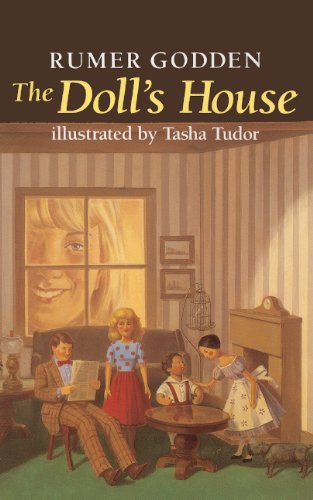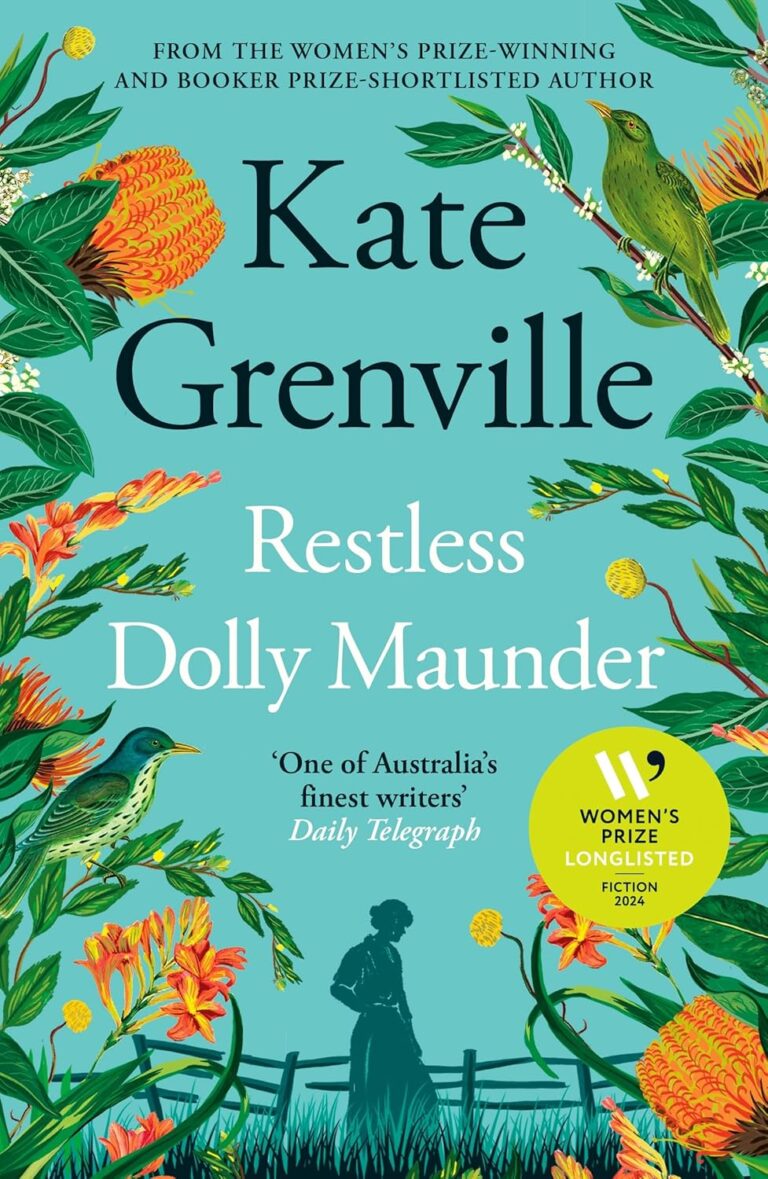Rumer godden reading week

I just finished The Thief on the Winged Horse, a book about sorcery and dolls that you don’t need me to bang on about in book report-y ways, since you can read all the glowing reviews in the usual places. I’ll just say that I find Kate Mascarenhas’s books challenging and thoughtful (she’s a psychologist by day and it shows), but they are not WARM. I don’t curl up with them in bed with a mug of hot chocolate and expect to feel better about myself or other people. I am smarter as a result of reading her work – run yourself through the checklists at the end of The Psychology of Time Travel and tell me I’m not right about this. But I find the idea of imbuing dolls with complicated emotions both wildly creative and also kind of disturbing. I don’t want to touch a doll like it’s some kind of any-flavored jelly bean, waiting to discover what unsettling feeling I’ve picked. When I was a child I was heavily into doll play and make-believe, and those places were my refuge. We made up wildly creative and complex story lines ourselves, but retreated to happy endings to cope with a world that felt entirely out of our control. I associate dolls with the ability to steady me, not to knock me further off balance.
At the time of writing, it’s #ReadRumerGoddenWeek, so dolls are on my mind. As kids my sisters and I were heavily into Rumer Godden books – well, the two that were available at our local library, which were The Dolls House and Miss Happiness and Miss Flower. They were old and dog-eared already, and we checked them out countless times more. Inspired by these stories we built whole warrens of doll houses out of cardboard boxes and Kleenex boxes and the Kleenex tissues and fabric scraps, longing for the proper houses and upholstered furniture and Japanese gardens and bed rolls Rumer Godden described. Because of these books, we absolutely, truly believed that our dolls were alive. At some point, and in some way, I’m going to write about what doll play meant to me as a child (and not only as a child – I Believed until I was about fourteen. Until I left my tiny, safe, creative, hippy Catholic school and entered the jungle of public high school). I can quite clearly remember my younger sisters’ faces, watching me from among the cardboard boxes and dusty Kleenex as I embarked on adolescence. But I don’t have a clear way of expressing the way it was me who felt most bereft in that moment. Maybe I need one of Kate Mascarenhas’s Kendrick dolls to explain that layered emotion both to me and to you.





